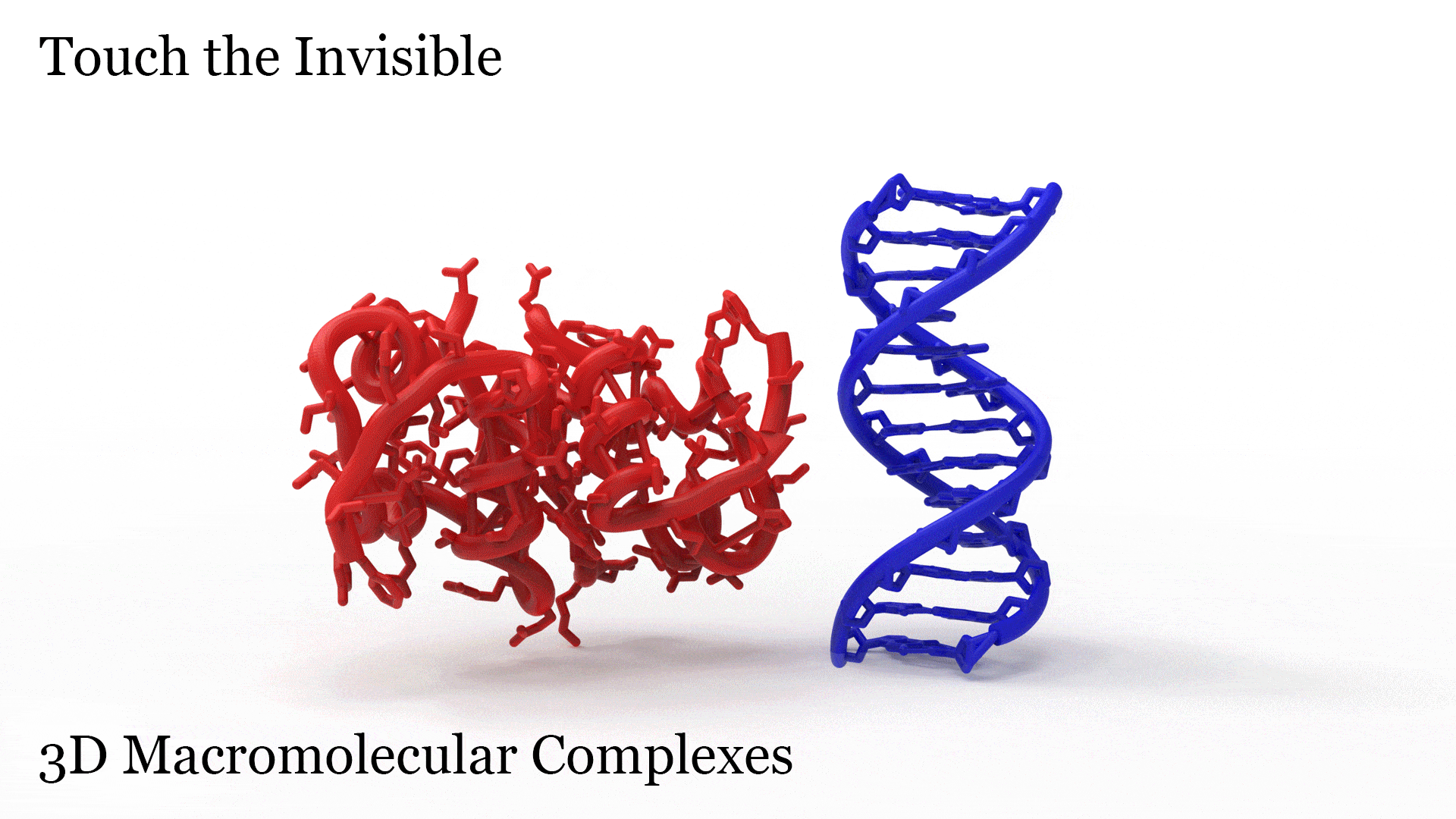
Macromolecular structures, such as nucleic acids and proteins, are the foundational building blocks of life. They have complex functionality and play a critical role in the existence of living organisms, supporting processes from communication between distant body systems to storage of genetic information. Visualizing these structures is essential for understanding the fundamental principles that underlie their functionality and is an important tool for scientists to uncover complex pathways. However, visualization is a challenging task owing to the inherent complexity of biological macromolecules.
Scientists currently rely on two primary tools for visualizing these structures: x-ray crystallography and nuclear magnetic resonance (NMR) imaging. The former involves exposing crystallized molecules to an x-ray beam and using sophisticated mathematical models to deduce their shape and structure. The latter relies on the inherent magnetic properties of hydrogen atoms, which when exposed to strong magnetic fields, result in complex spectra that scientists analyze to determine molecular structures.
The resulting data from these techniques are complex and not pedagogically relevant for most classroom applications, making it challenging for educators to convey structural concepts to students effectively. Our project aims to bridge this gap by leveraging 3D printing technology to develop scientifically accurate models of molecular complexes for use in biology and biochemistry courses. By combining publically available crystallography and NMR data with 3D printing technology, we can create interactive physical models that engage students in multisensorial learning experiences. Students can manipulate these models to study the 3D shape of molecules in space, observe functional groups that enable specific intra- and inter-molecular binding, and examine structural pockets that enable the enzymatic activity of proteins.
We create these models using various polymeric materials and develop teaching modules that exemplify fundamental principles of molecular interactions, macromolecular assembly, and the use of genetic information in the production of cellular components. Our modules consist of application-based workshops that utilize physical models, as well as associated supplementary materials such as figure sheets and infographics.
Our mission is to support free or low-cost learning for all, and as such recognize that 3D printing may not be readily accessible to all. Therefore, in addition to freely providing the source files for our physical models on the “Models” tab, we are also working on developing digital models that can be accessed from any electronic device. We encourage visitors to browse our catalog of models and their associated materials under the “Models” tab as we continue to expand our library of models.